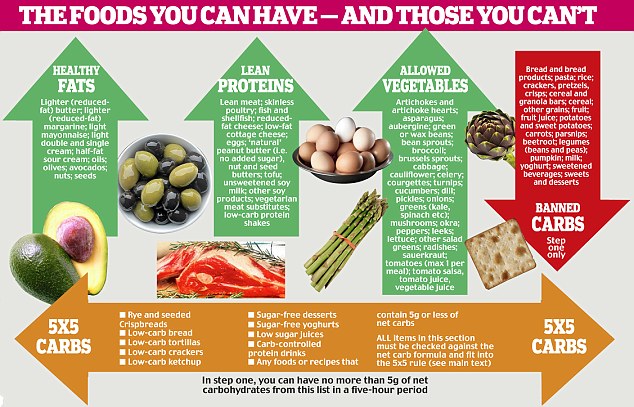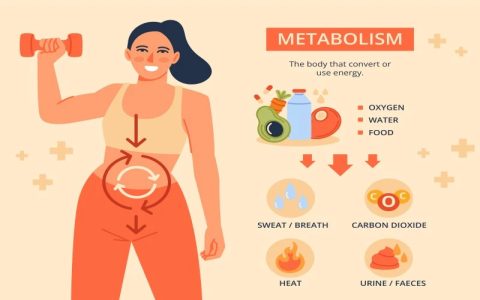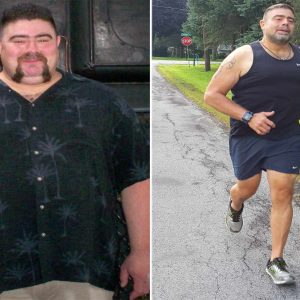The Metabolism Miracle approach focuses on improving metabolic health to facilitate weight loss. It targets insulin sensitivity and metabolic flexibility. Here are 5 evidence-based steps:
Step 1: Implement Strategic Carb Management
Prioritize low-glycemic, high-fiber carbohydrates while minimizing refined sugars and starches. Focus on vegetables, low-sugar fruits, and legumes. Time carb intake, consuming the majority around periods of physical activity.
Step 2: Optimize Protein Intake
Consume adequate protein spaced evenly throughout the day. Aim for 1.6-2.2 grams per kilogram of target body weight daily. Include lean animal sources, fish, eggs, and plant-based proteins like tofu and tempeh. Protein increases thermogenesis and preserves muscle mass.

Step 3: Prioritize Strength & Resistance Training
Engage in resistance training at least 2-3 times per week. Focus on compound movements (squats, lunges, presses, rows) that work multiple muscle groups. Building lean muscle mass directly increases basal metabolic rate (BMR), allowing you to burn more calories at rest.
Step 4: Enhance Non-Exercise Activity Thermogenesis (NEAT)
Increase calorie expenditure through daily movement outside formal workouts. Key strategies include:
- Take frequent short walking breaks (5-10 minutes every hour).
- Use stairs instead of elevators.
- Cycle or walk for short commutes/errands.
- Incorporate standing desks or workstations.
NEAT significantly impacts total daily energy expenditure.
Step 5: Prioritize Sleep & Stress Management
Ensure 7-9 hours of quality sleep per night. Chronic sleep deprivation disrupts hunger hormones (ghrelin and leptin), increases cortisol, and promotes insulin resistance. Incorporate stress-reduction techniques like mindful breathing, meditation, or yoga. Elevated cortisol levels can impede fat loss and disrupt metabolic function.

Key Consistency Factor: Sustainable metabolic improvements require consistent application of these steps over time, not short-term drastic changes.












